2/27/09
Lang. Assessment for the D/HH
I was curious about language assessment for the Deaf and Hard of Hearing. When we talked about the language sample and we all discussed about kids who could hear and talk. But what about children who are profoundly deaf and do not have speech? How do you assess their language? I know ASL has its own grammar and syntax from English so I was just curious if anyone knew or had any thoughts. And I know that there is some language delay depending on the decibal loss of each child.
Subscribe to:
Post Comments (Atom)
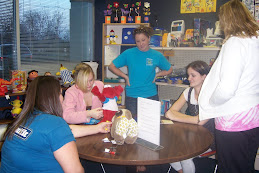
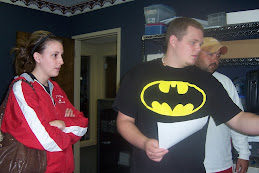
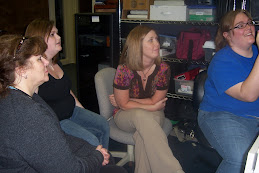
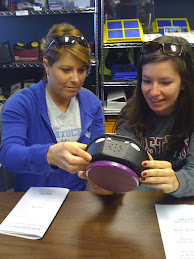
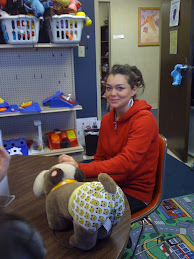
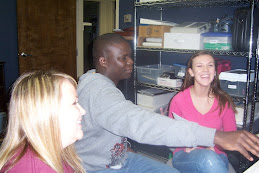
Excellent question. When you are doing a LANGUAGE ASSESSMENT you make the decision...are you going to assess their ASL proficiency, spoken English proficiency or written English proficiency.
ReplyDeleteFor THIS class we are studying the development of SPOKEN LANGUAGE. The project as it is currently designed is geared to assess that. So, if you are going to video tape a child who is SIGNING unless he is a child who has been brought up doing Signed English it is not an accurate assessment to use the tools we have designed UNLESS you are doing PRAGMATICS. Even then...there are often different techniques used for some of the pragmatic skills.
I would encourage MOST of you to do your first assessment with a child who is hearing although even if you're in deaf education. You will have many opportunities in other courses to do an analysis with deaf kids. Get this one under your belt and later move to that. However, I am not completely opposed to the idea.
There are pragmatic behavior functions in children we can identify the language development for children in ASL. First you have to understand the difference between native signers and non-native signers to determine the language processing ability. To recognize their level of understanding concept of ASL by expressing their facial, body language, and classifiers. The one of basic pragmatic behavior functions for the deaf child is referring to objects that are visible in the immediate environment such as pointing at you. For classifier, using this hand shape “flat” is a first sign of the language development in deaf children because it will lead to use the hand shape such as locomotive and non-locomotive setting slater on in early age. For example “Water “fh” (handshape) down” as for in English in a child I d probably say “water falls” but the spoken language doesn’t has locomotive and nonlocomotive settings or am I wrong? Am I makin any sense, Cathy?
ReplyDeleteYes, sir! Absolutely. This makes perfect sense and is all a part of the ASL language. I would assume these are also all a part of the class. These may even be included in a a project for that class. I'm not familiar with the requirements for that class, though.
ReplyDeleteIf someone wanted to take the pragmatic skills listed in our class and COMPARE those to the ones you mention or specific pragmatics skills in ASL and then analyze the presence of those in a child's language sample, that would certainly be acceptable.
The key is the inclusion of the pragmatic skills that are a part of SED260.